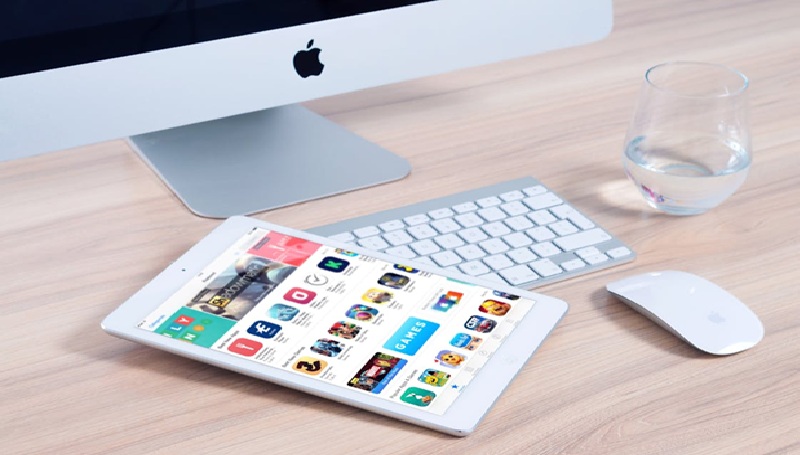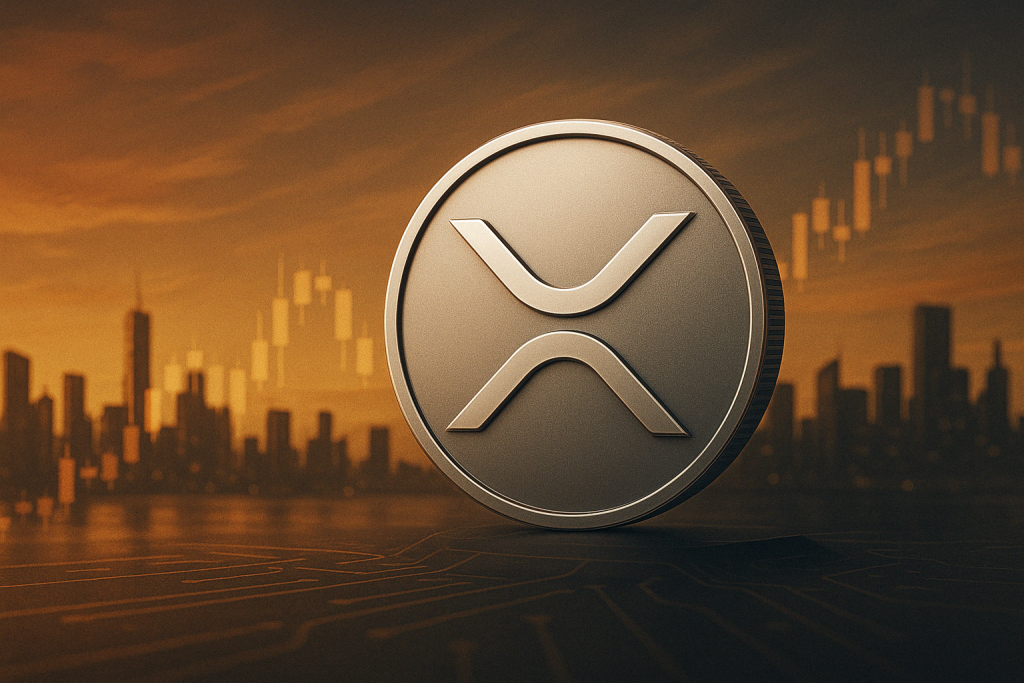Apple Unveils New M5-Powered MacBook Pro, iPad Pro, and Vision Pro 2 in Fresh Bid to Regain Tech Edge


Apple has announced a new line of devices powered by its latest M5 chip, marking its determination to regain ground in the high-performance computing race amid intensifying competition from Qualcomm and Intel.
The launch, which includes a refreshed MacBook Pro, a new iPad Pro, and the second-generation Vision Pro headset, marks Apple’s latest strategic move to reinforce its dominance in the premium tech ecosystem.
The tech giant revealed the products on Wednesday, positioning them as tools for creative professionals who rely on processing speed and AI capabilities. The rollout also reflects Apple’s established pattern of debuting its most advanced chips in its flagship MacBook Pro and iPad Pro devices before expanding to other product categories.
Register for Tekedia Mini-MBA edition 18 (Sep 15 – Dec 6, 2025): registration continues.
Tekedia AI in Business Masterclass opens registrations.
Join Tekedia Capital Syndicate and co-invest in great global startups.
Register for Tekedia AI Lab: From Technical Design to Deployment.
The new 14-inch MacBook Pro starts at $1,599, the iPad Pro begins at $999, and the second-generation Vision Pro headset retails for $3,499. Notably, Apple has maintained the same pricing structure as the previous generation of devices featuring the M4 chip, signaling a focus on performance enhancement rather than cost escalation in a market still sensitive to inflation and global economic uncertainty.
At the heart of the new lineup is the M5 processor, fabricated using an advanced 3-nanometer process. Apple said the chip delivers faster performance and improved energy efficiency while enabling devices to handle artificial intelligence workloads locally, including the ability to run large language models directly on the MacBook Pro without relying on cloud servers.
This move places Apple squarely in competition with chipmakers like Qualcomm, which has been aggressively marketing its Snapdragon X Elite processors with integrated AI capabilities, and Intel, which recently introduced its own suite of AI-focused chips.

Apple’s chip transition, which began in 2020 when it replaced Intel’s x86 processors with its own Apple Silicon, has redefined the Mac product line. The M5 extends that journey by offering a significant leap in both neural processing and GPU performance, which are critical for AI-driven applications in design, video editing, and 3D rendering.
The Vision Pro headset, which debuted in 2023 as Apple’s first major hardware launch in nearly a decade, received a much-needed update. Despite receiving praise for its advanced display and immersive design, the device has remained a niche product due to its high cost and limited ecosystem of applications. Apple hopes the second-generation Vision Pro, powered by the new chip and featuring refined ergonomics, will expand its user base and attract more developers to its spatial computing platform.
Still, analysts believe Apple faces an uphill battle in turning the Vision Pro into a mainstream success.

Meanwhile, the company’s iPad division—long considered a bellwether of Apple’s hardware innovation—is showing signs of recovery after three years of declining sales. Market projections indicate a 6% growth in iPad sales for the fiscal year ending September 2025, driven largely by the introduction of smaller and more affordable variants. This comes amid a broader rebound in global consumer electronics demand following a slowdown during the pandemic years.
Mac sales are also expected to climb, supported by the popularity of the more compact and budget-friendly Mac Mini featuring the M4 chip. The lower-priced device has helped Apple capture price-sensitive consumers while maintaining profitability in its premium laptop range.
Analysts view the M5 chip’s launch as both a technological and strategic move. Apple aims to differentiate its ecosystem from rivals in an era when AI performance has become a key selling point by consolidating its chip advantage. The decision to keep prices steady while integrating more advanced hardware is seen as a deliberate effort to maintain customer loyalty while extending the longevity of its product cycles.
However, competition remains fierce as Qualcomm and Intel have introduced processors capable of accelerating AI workloads, narrowing the performance gap that once defined Apple Silicon’s edge. Microsoft, too, has integrated AI features into its Windows ecosystem through Copilot, enhancing productivity applications that directly rival Apple’s creative software suite.
But Apple continues to lean on its vertical integration strategy—controlling both hardware and software—to optimize performance across its devices. This synergy remains one of its core competitive advantages, allowing it to deliver seamless experiences and maintain tight control over product innovation.
The company’s renewed focus on AI capabilities also aligns with a broader industry shift. With large language models and generative AI applications becoming increasingly mainstream, Apple’s push to enable on-device AI processing could appeal to users concerned about privacy and cloud dependency. Local computation offers faster response times and reduced energy costs, while limiting data exposure to external servers—an area Apple has long emphasized as a differentiator.
For creative professionals, the latest updates reaffirm Apple’s positioning as the go-to brand for performance and reliability. The company’s marketing has increasingly leaned on AI as both a creative tool and a performance enhancer, blending hardware innovation with machine learning to push boundaries in digital art, music, and film production.
Still, questions linger about the long-term growth potential of Apple’s hardware business as global smartphone and computer markets mature. Analysts suggest the M5-powered devices could give Apple a temporary boost in sales, but sustained growth will depend on the company’s ability to tie these innovations to new software ecosystems and services.
In the short term, Apple’s announcement has been well received by investors, with analysts noting that the company’s continued silicon innovation reinforces its premium market position even amid rising competition.





